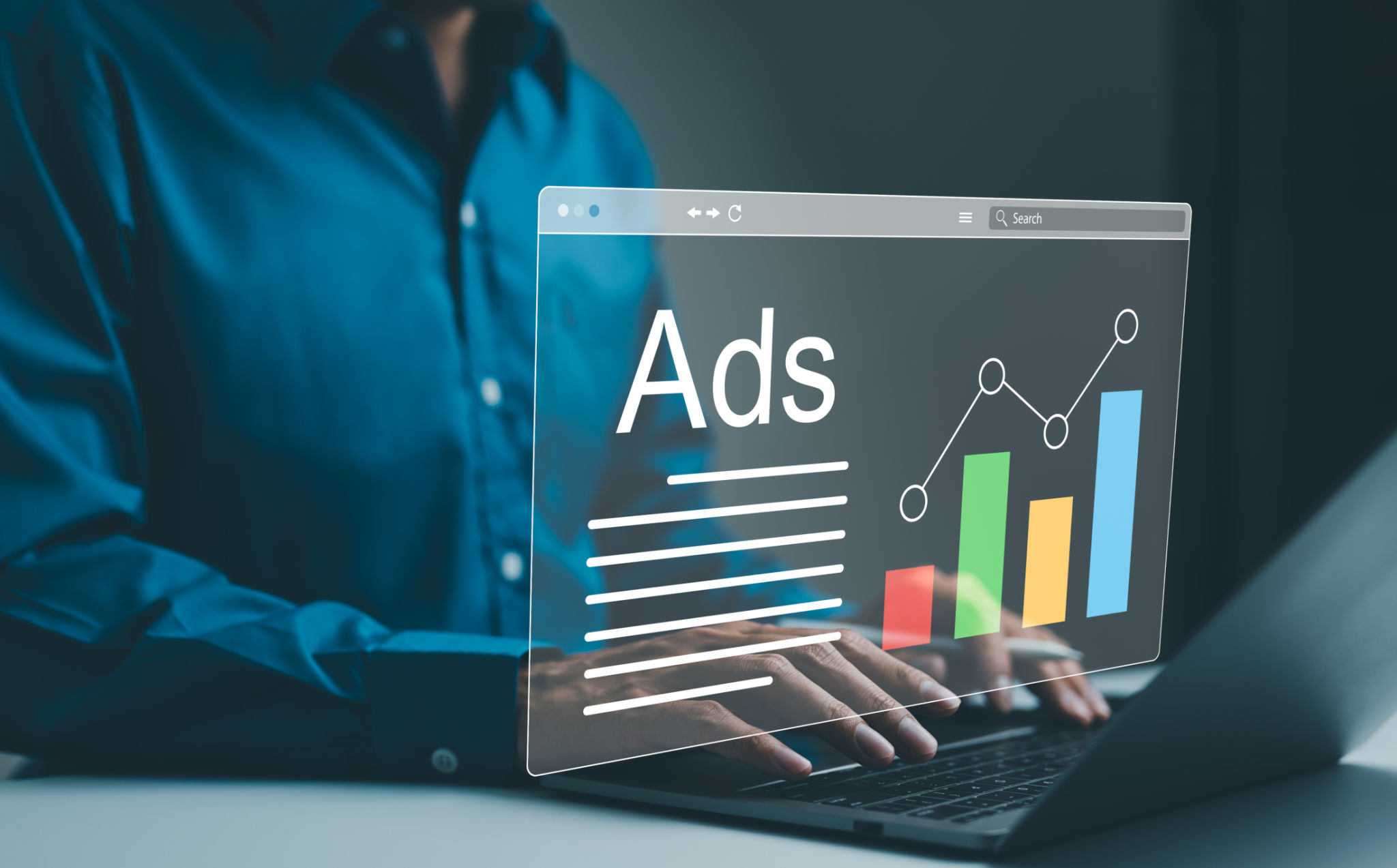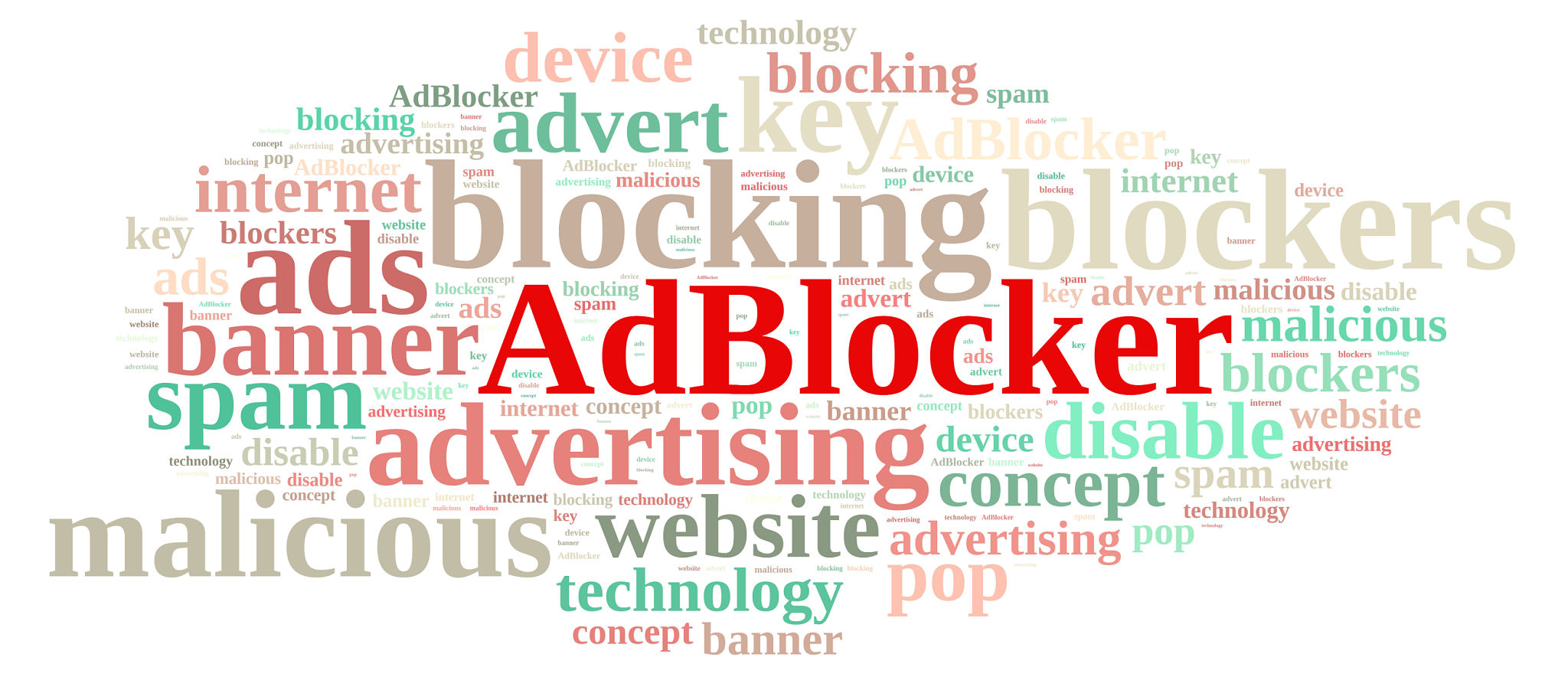Debunking Common Myths About Online Advertising
Understanding Online Advertising
Online advertising has become an essential component of modern marketing strategies. However, despite its widespread use, numerous myths and misconceptions persist about its effectiveness and implementation. In this post, we aim to debunk some of these common myths and provide you with a clearer understanding of online advertising.

Myth 1: Online Advertising is Too Expensive
A common misconception is that online advertising is prohibitively expensive, making it inaccessible for small businesses. In reality, digital advertising can be highly cost-effective. Platforms like Google Ads and social media channels offer flexible budgets, allowing businesses to set daily or lifetime spending limits. Additionally, pay-per-click (PPC) models ensure that you only pay when someone engages with your ad.
With the ability to target specific audiences and measure performance in real-time, businesses can optimize their campaigns to maximize return on investment (ROI). This makes online advertising accessible and affordable for businesses of all sizes.
Myth 2: Clicks Are the Only Metric That Matters
Many believe that the success of an online ad campaign is solely measured by the number of clicks it receives. Although clicks are important, they are not the only metric to consider. Metrics such as impressions, conversion rates, and engagement provide a more comprehensive view of a campaign's performance.
For instance, high engagement rates indicate that your content resonates with your audience, while conversion rates show how effective your ads are at driving desired actions. By focusing on a variety of metrics, businesses can gain valuable insights and optimize their strategies accordingly.

Myth 3: Online Ads Are Ineffective for Branding
Another prevalent myth is that online ads are ineffective for building brand awareness. This couldn't be further from the truth. Digital platforms offer a plethora of options for creating engaging and visually appealing ads that can significantly enhance brand recognition.
Through tools like video ads, interactive banners, and sponsored content, businesses can deliver compelling storytelling that captures audience attention. Moreover, the ability to track brand sentiment and reach through analytics ensures that companies can refine their branding efforts to achieve maximum impact.
Myth 4: Ad Blockers Render Online Advertising Useless
With the rise of ad blockers, some businesses worry that their online advertising efforts are futile. However, while ad blockers do affect some ads, they do not render online advertising useless. Advertisers can adapt by using non-intrusive ad formats and focusing on content marketing strategies that provide value to users.

Additionally, understanding user preferences and delivering tailored content can encourage audiences to engage with ads rather than block them. As such, it's crucial for marketers to stay informed on evolving technologies and adapt their strategies accordingly.
Myth 5: Social Media Advertising is Only for Younger Audiences
Contrary to popular belief, social media advertising is not just for reaching younger demographics. Platforms like Facebook, Instagram, LinkedIn, and even TikTok have diverse user bases that span various age groups. By leveraging advanced targeting options, businesses can reach specific audiences based on demographics, interests, and behaviors.
This ensures that social media advertising remains an effective tool for engaging audiences across different age groups and industries.

Conclusion
Online advertising continues to evolve, offering innovative opportunities for businesses to connect with their target audiences. By debunking these common myths, marketers can make more informed decisions and harness the full potential of digital advertising strategies. Embracing these truths will not only drive success but also pave the way for future growth in a digitally-driven world.
